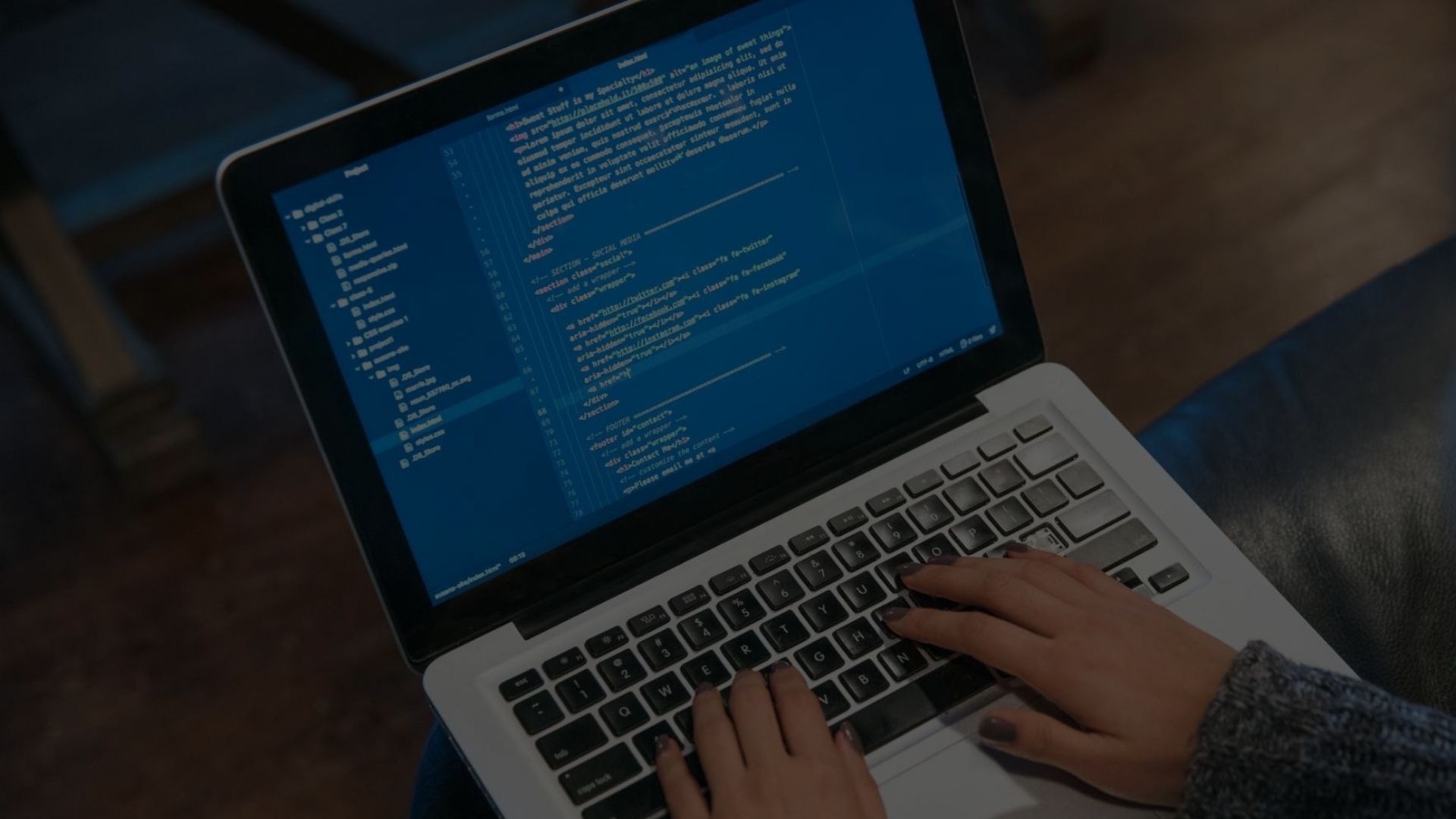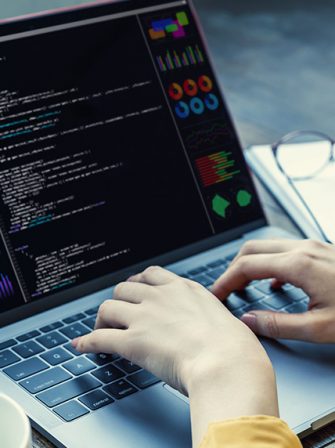
We provide a SaaS application to our clients with protected cloud storage. Our clients use the most advanced cloud servers for business management and software development.
Technical Product Management
Effective product management tools help our users to remodel their products with added features.
Conversion-driven UI/UX
User-friendly user experience to provide ease of controls and quick access to the tools for management.
Enhanced Security
Highly encrypted security at our cloud platform allows our clients to protect their online information.
Evolution
Our technology and security is always evolving with the help of our highly experienced development team.
A Range Of Guidance For Software Publishers
Follow the tips and strategies designed by our software team and experts who make custom plans for every industry.
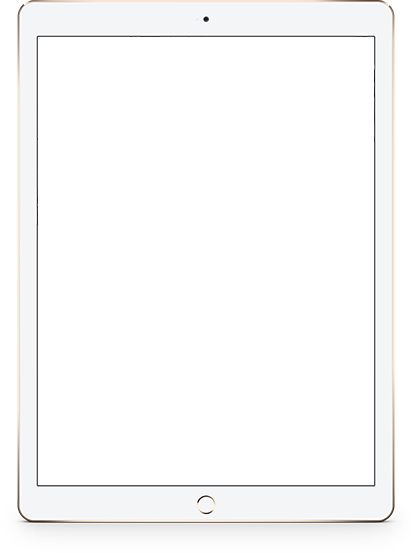
What They Said
Software Licensing & Tools
Get your software programs secured and licensed with the help of a recognized software development team.

From Our Blog

Statistics on average salary: front-end developer UK
With this very article, we are launching a new series of texts where we will look at and compare different salaries. We are always attempting to stay on top of the most important facts and developments in the programming field, and it seemed only fitting to begin by sharing some statistics on the average salary for those who work as front-end developers in the UK.
What is the average salary?
According to Adzuna, an online service that analyzes job vacancies to glean insights and statistics about salaries, job offers, and more, the average salary for front-end developers in the UK is right under sixty thousand pounds a year, which is almost three fourths as much as the general average salary for the country.
Front-end developer salary in London?
It may come as no surprise to most, that the average salary for front-end developers in London is higher than for the rest of the UK. Compared to the sixty thousand pounds that developers in the country as a whole earn, those in London collect a salary of seventy-two thousand pounds each year, which is twelve thousand more, or one-third – a noticeable difference, to say the least.
Highest front end developer salary by city (after London)
By steering our gaze towards the performance of other cities, we see that Gloucester and The City come out right behind London, with an average salary of sixty-eight and sixty-seven thousand pounds for front-end developers, respectively. In some cities like Essex and Lancashire, however, the average drops well below sixty thousand, where developers earn fifty-five thousand pounds per year.
Yearly development in the average salary of front-end developers in the UK?
On a different, note, we can see that the salaries for front-end developers in the UK as a whole are increasing faster than in London. For the former, the yearly swelling comes out at 6 percent, – for the latter, 1.5 percent. This difference is only natural, given that London’s average salary, already being the highest in the country, would have a hard time keeping up with the same percentage-wise increase as other cities with a lower starting point.
In the case that the above statistics have roused your programmer instincts, you may graze the vast collection of front-end developer jobs that are featured on CW Jobs, the leading UK IT job board. Best of luck!

How iOS 14 makes for a better GDPR compliance
Lawyers are becoming increasingly invested in making more companies comply with the new GDPR laws. Countless companies are struggling with doing business in accordance with these laws. Some have tried to keep doing things as usual and hide from the changes that have to be made – but all companies have to make those changes. Apple, for instance, has started doing so.
In September 2020, Apple made it clear to the world that iOS 14 would make for a better GDPR compliance. In the new privacy features, people and companies who make apps will have to ask customers for clear acceptance before they get to use their Identifier for Advertisers (IDFA), in order to log customers’ phone habits, and to tailor ads to them.
GDPR is about privacy, and privacy is something that’s getting increasingly important in a time where companies like Google and Facebook have access to just about everything we do on the internet. iOS 14 jumps to the next level in GDPR compliance by making it necessary for app developers to only utilize critical customer information. This way, the user will experience a minimum of privacy risk while getting the same things done in the app they’re using.
The leading business laywers in Norway, Advokatfirma Tingmann made a satement that makes a lot of sense for this change; “Requiring a customer to give out a lot of private data in order to use an app which only needs a little, often forces customers to make a larger decision than what they’re prepared for to use that app.”
The Apple team knows that it’s not always easy for app developers and companies to operate in compliance with GDPR laws. Therefore they are now announcing some new strategies which will make it possible for the customer to decide what kind of data they want to share with the apps they’re using. For example, Photos and Location have been tailored to meet this goal.
Photos
New to iOS 14 is the “Limited Photos Library.” With this feature, customers are able to decide which pictures they want to make available to apps, and which ones they don’t. The customer can easily mark the pictures which will be included.
What’s more, the customer only has to answer one dialogue box to give the kind of access they want to the app developer. This is a major improvement from the three dialogues which required an answer in the past – both in regard to privacy and simplicity.
Location
Another feature makes it possible for the customer to only share their general location with the respective apps, at any moment. Similar to the Limited Photos Library, a dialogue is opened before the customer starts using the location app, and it asks them to decide whether they want to share their specific or only their general location.
To sum up, with just these two features, it has become a lot easier for the customer to decide what pictures they want to share with apps, and to find friends and relatives in near proximity without having to reveal their exact location.

How to Protect Your Smart Home From Hackers
There are some major benefits to installing a smart home. It can especially help you save time and effort – but it can also pose some dangers to your privacy and security, in the form of hackers. In this short article, you’ll learn a few simple methods to protect your smart home from hackers.
The whole idea of integrating higher-level technology with your everyday appliances really is something of the 21st century. It’s impressive and appealing. But most people feel a little uncomfortable when they discover that hackers can access cameras and see us, or tune into microphones and hear us.
Even the electricians that work with these type of devices each day, have expressed their concern seeing very poor encryption or wifi-security. The very skilled electrician over at Elektriker Bergen, André Olsen has commented that some of the devices are so easily hacked, you could just as well invite the thieves into your home.
However, we don’t have to brush off the upsides of having a smart home completely. If we know the security breaches that might happen with typical smart technology, we can do a few simple things to protect ourselves from any interference from outside.
Determine What’s Most Important to Have
First, you should think about how at ease you feel about installing smart devices in your house, and the features they bring. Yes, it might be convenient to have a security camera so you can defend your house against burglary, but is it also necessary to have a camera that can transfer videos to your computer and ultimately the internet? And artificial intelligence like Siri will be forever awake, waiting for you to tell “her” what to do. Are you comfortable with that, or does it make you feel watched? First, decide what’s most important to have in your smart home, and then go get the things you need.
Create a Unique Password for Your Home Internet
When gotten from the store, the vast majority of internet routers come with no password at all, or a simple one like “internet123” – one which enables hackers to quickly discover your password and thereby take control over any smart technology that is associated with your home internet. Therefore, the most basic thing you should do to protect your smart home against hackers is to create a unique password for your home internet. This usually includes all of the following: capital letters, normal letters, numbers, and symbols like an exclamation or question mark.
Create Unique Passwords for Every Smart Device
After setting up a good password for your home internet, you should also do it for all the smart devices which are connected to it. Since most such technology is steered by individual applications on your phone, and you create a user for all of them, it’s most secure if you make a strong and unique password for each. Having one password for all users is simple, but it poses a great danger in the case that a hacker discovers your password on one account. If they do, they potentially have access to your Facebook, email, even bank account.
Switch Out Old Routers
Most likely you have gotten a new iPhone or Android cellphone, as well as buying a new computer, within the last five years. However, have you also done this for your internet router? Probably not. This poses a risk to your security, as having an old router means having old security systems. Therefore you should make sure to update or get a new router every five years or so, in order to stay up-to-date with the newest security technology.
By adhering to the simple tips in this article, your smart home will be much more secure against hackers.
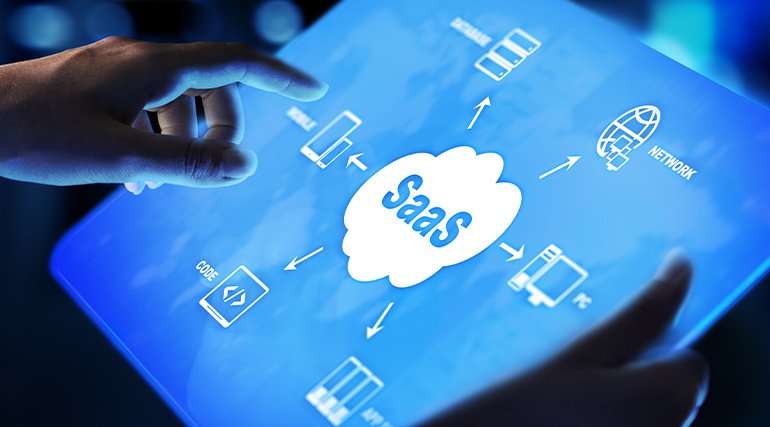
What is SaaS? 4 FAQs About Software as a Service
SaaS has become a mainstream term that almost anyone working in the technology sector is familiar with. Since cloud-based software is being used in most businesses these days, SaaS is also becoming popular. Such a system was required to make the aspects of a computer far less complex than it originally is. The internet is a vast network that yields great results for entrepreneurs, but to install a user-friendly web browser into this space can be harrowing unless you know how to manage it. Making the systems more flexible for use is important, and SaaS is one service that helps in developing a better platform. Although it is widely used today, many people have questions about the service. Here are the most common questions asked about SaaS.
1. What is SaaS?
Software as a Service allows access to data, enabling you to make software delivery with a web browser and an internet connection. Software vendors maintain code, databases, and servers to make for an application. The deployments by SaaS do not need extensive hardware, helping the buyers outsource the responsibilities. Payments for the SaaS systems are made within a subscription model. But the on-premise software has to be purchased using a license, which has to be paid for upfront.
2. How to Choose Between SaaS and On-Premise
The complexity of your business will determine the answer to this question. The level of software customization, the functionality of your off-the-shelf products, quality of work, and budget are the main factors to consider when choosing between SaaS and on-premise. Companies with smaller budgets will do best with SaaS, and they can also adopt the most advanced technology to make a difference. Cloud solutions are being used only by a few industries, and the skepticism that exists can act as a bane. If the outdated software needs an upgrade, every sector will need to look for new technology; the cloud would be the best option. In such cases, choosing between functionality and flexibility wouldn’t be wise. It is always best to go for the one that suits your requirements the most.
3. Can the SaaS Software be Customized?
Both individual users and specific businesses are using the cloud services these days, and it is flexible to be customized according to a person’s needs. The look and feel of the program can be changed, and also the data fields are customizable. Many such features can be switched on and off as you wish. Both SaaS and on-premise can be customized, but cloud-based software will offer better performance.
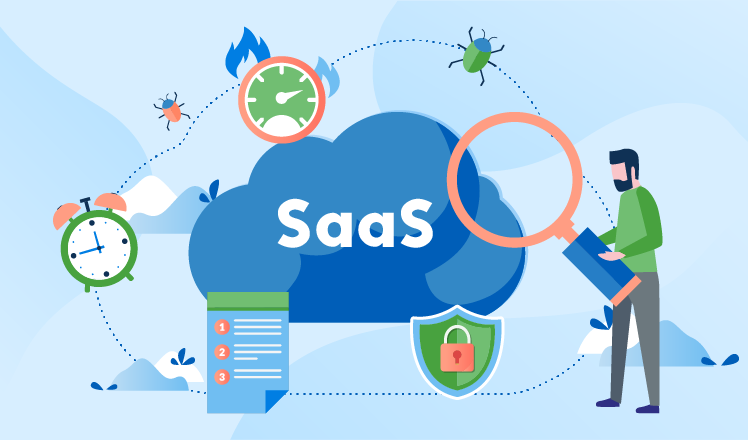
4. How Safe is My Data in the Cloud?
Most clients look onto cloud services with apprehension due to the lack of confidence in the security offered. Highly secure public services are being used by SaaS providers to store data. So, your data is less likely to be accessed by anyone else. Although many other departments face multiple security breaches, SaaS and cloud-based software are the least affected by such issues.
Software Theft
We are currently under strict goverment website makeover, so we will soon have everything ready to keep you safte from software theft and piracy!

The 6 Most Common Software Problems
Every software falters at some point, and it could even be in the slightest way possible. Several tools have now been developed to probe through the components of a software, but that wasn’t the case in the initial years of computer systems. All the findings in such a test prove valuable in building a better structure for the development ideas. Prediction and isolation of defects are easier with the execution of the well-thought-out plans. By identifying the most common problems with software, you will be able to exterminate the bugs within it. Here are some of the most common software issues.
1. Wrong Calculations
Financial and date calculations are commonly affected by this issue, and such errors in mathematical functions can lead to the complete failure of a system. Whenever mathematical operators are involved in a function, you need to check for the software’s efficiency.
2. Wrong Data Edits
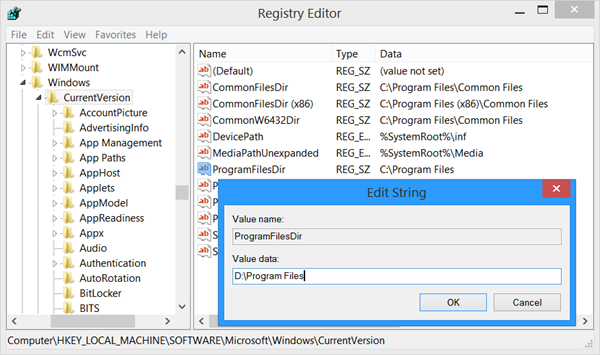
This is an issue that materializes when the software fails to apply any edits to the existing data. Coded data edits prohibit several features, such as changing dates to appropriate ones above 30, meaning it could also produce results with a date like February 30. Even when most of the data edits are done correctly, some fail to make the correct data entry in situations like a field for alphanumeric allowing for spaces. As a result, during sort and search functions, the intended addressed will not be displayed.
3. Wrong Implementation of Business Rules
These are mistakes that usually exacerbate into complete faulty elements by creating a whole lot of difference between what was intended and what is delivered. Retracing these errors back to the instructions of specifications might help in landing on a possible conclusion.
4. Inefficient Performance
One of the most common issues with software is the bad performance it develops with time. Slow system responses and rate of the transaction could be some of the issues you come across when the software doesn’t function properly.
5. Difficulty in Use
Some software is hard to get along with, making it almost impossible for the average user to navigate through the complexities. This problem usually stems from a lack of understanding of computers. Certain changes or modifications to the software structure can lead to such problems, further adding to the system’s lack of coordination.
6. Obsolete Software
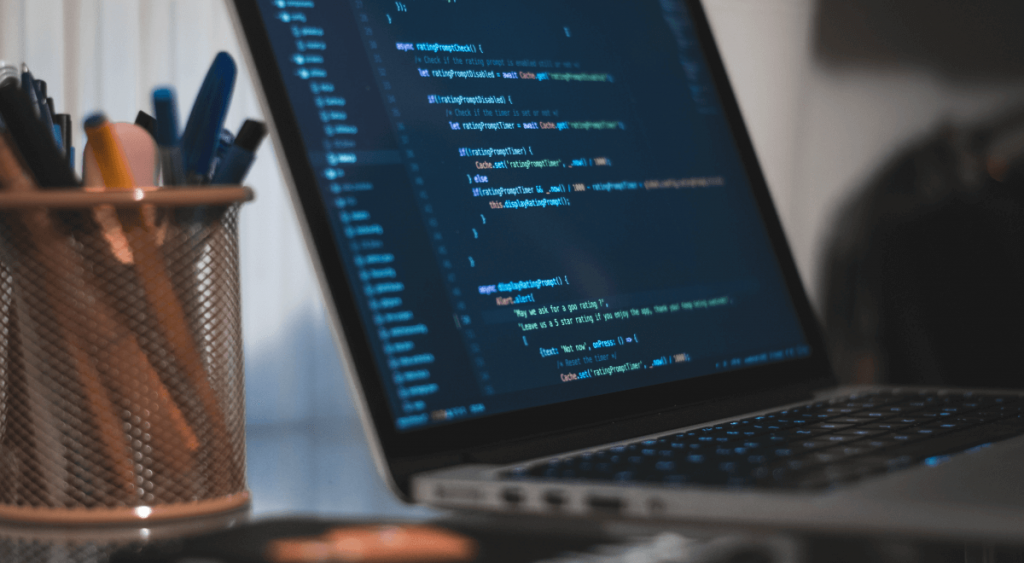
Older versions of operating systems could be the thriving zone of issues that lead to an uncomfortable mode of use. Cases of non-support from the base system are the reason for revisions, which may be unintended. But as such errors occur, there is no way but to tackle them to set up an effective software. Upgrading the support software could be the spur to many of these problems. Since many vendors go ahead with such changes without a thorough understanding of the process, the software can behave in the most hostile manner. Many such incidents where a software being obsolete due to such updates have occurred in the past.

